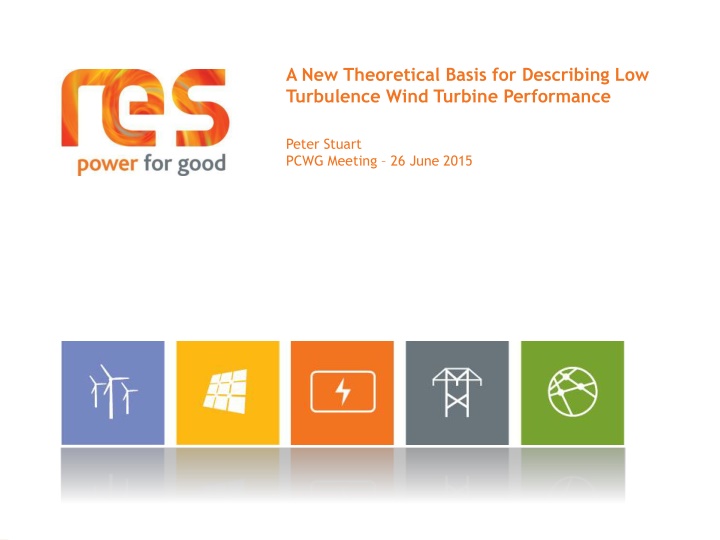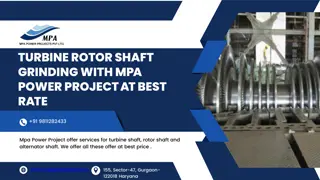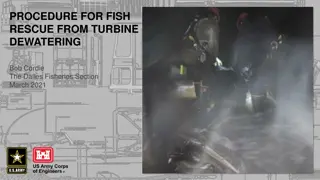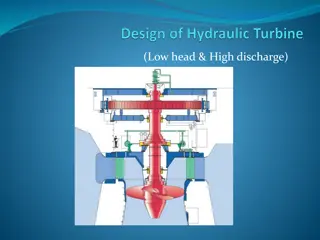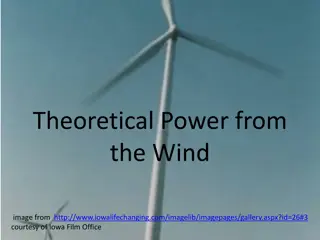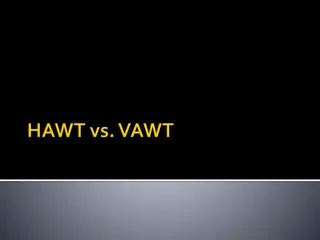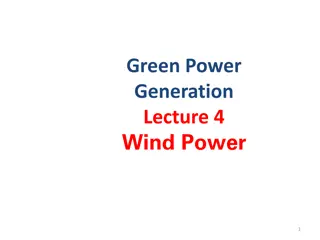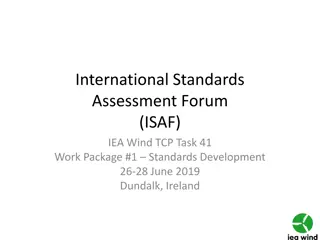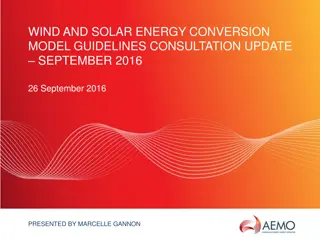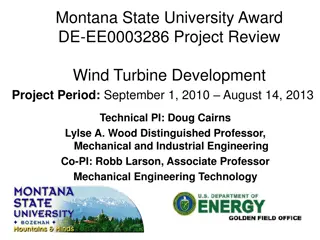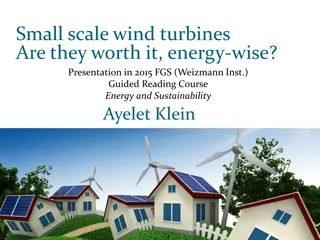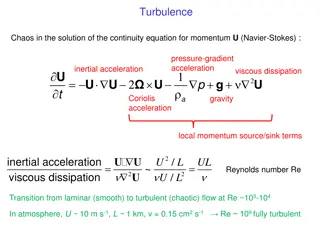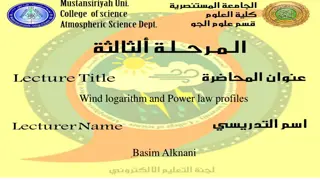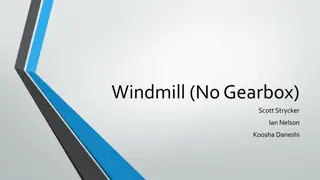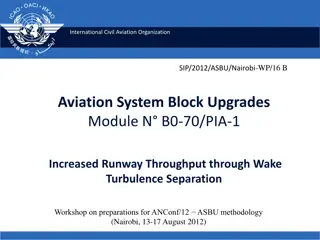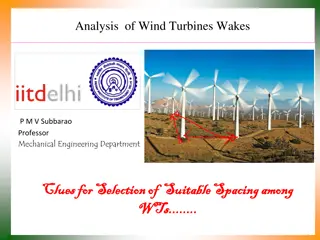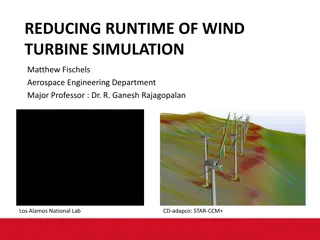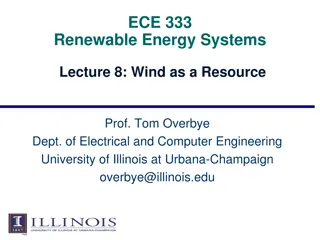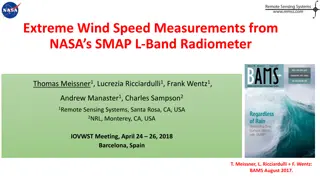New Theoretical Basis for Describing Low Turbulence Wind Turbine Performance
This study presents a new theoretical basis for evaluating wind turbine performance under low turbulence conditions, highlighting the limitations of existing correction methods. It explores the impact of atmospheric conditions on energy conversion efficiency and proposes a reevaluation of performance loss classication. The discussion delves into axial flow theory, stable boundary layers, and the intricate dynamics affecting power extraction in wind turbines.
Download Presentation

Please find below an Image/Link to download the presentation.
The content on the website is provided AS IS for your information and personal use only. It may not be sold, licensed, or shared on other websites without obtaining consent from the author.If you encounter any issues during the download, it is possible that the publisher has removed the file from their server.
You are allowed to download the files provided on this website for personal or commercial use, subject to the condition that they are used lawfully. All files are the property of their respective owners.
The content on the website is provided AS IS for your information and personal use only. It may not be sold, licensed, or shared on other websites without obtaining consent from the author.
E N D
Presentation Transcript
A New Theoretical Basis for Describing Low Turbulence Wind Turbine Performance Peter Stuart PCWG Meeting 26 June 2015 1
Introduction Observed wind turbine performance Existing correction methods (REWS and IEC Turbulence Correction) do not fully describe behaviour at low/medium wind speeds and low turbulence. Measured Power Deviation Matrix: Deviation vs TI and Wind Speed 2
How do we look at things today? Height Wind Speed Conversion Energy: Described by power curve (+ corrections) Input Energy: Described by wind profile (REWS) and density. Also IEC Turbulence Correction describes apparent changes in efficiency due to temporal averaging. 3
Existing Performance Loss Classicisation PCWG statement: Corrections should be applied for real world conditions which are different to those for which a power curve is representative. These corrections fall into two categories: Available Energy (the atmosphere) Type A: Adjustments made to reflect changes in the energy available for conversion across the rotor in a ten minute period due to outer- range conditions . Type B: Adjustments made to reflect changes in the conversion efficiency due to outer-range conditions . Conversion Efficiency (Turbine Behaviour) What if there is a loss mechanism which does not fit into either of these categories? 4
Back to Axial Flow Theory According to axial flow theory in order for a wind turbine to produce power the wind must slow down both upwind and downwind of the turbine. According to the continuity equation the streamtube must expand vertically and/or horizontally in order for the wind to slow down. Consider a parcel of air (green box)
Back to Axial Flow Theory The energy content of the parcel of air is described by its (instantaneous) velocity and density. However the degree to which this energy can be extract is influenced by the expandability of the parcel Upwind Downwind A stable boundary layer (associated with low turbulence) will serve to inhibit vertical expansion
Stable Boundary Layer In a stable atmosphere the temperature profile sets up buoyancy forces (blue arrows) which act to supress vertical motion. Warm Height Upwind Cold Downwind Temperature The requirement of the flow to perform work against these buoyancy forces (in order to achieve power extraction) implies a turbine loss
Cause and Effect The buoyancy forces act to reduce the turbulence and increase the vertical wind speed gradient (wind shear) Two effects with the same cause The buoyancy forces act against the expansion required to achieve power production (thereby inducing a loss) which is why proxy methods based on turbulence work reasonably well. Warm Height Height Cold Temperature Wind Speed
Where to from here? The ideas presented here need to be further developed by establishing mathematical formulation prepared. A new parameter/metric needs to be designed which describes the expandability of the flow (stability dependent) which can be used in complement with REWS. These ideas need to be tested against real data e.g. future PCWG haring initiatives. Collaboration on all of the above is invited from PCWG members.
